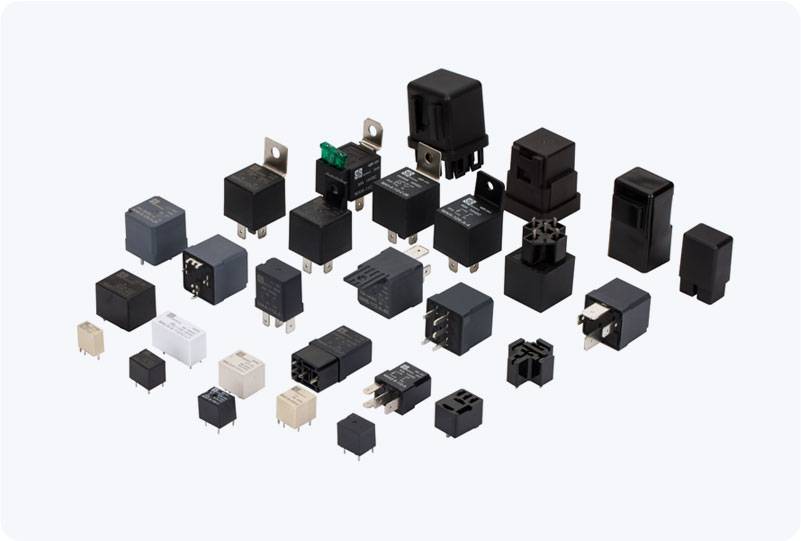High Current Power Relays (HCPRs) play a pivotal role in controlling and managing high power systems in various industries, from automotive and industrial automation to renewable energy. These devices are engineered to switch electrical currents with high amperage, often exceeding 100A, while ensuring the safety, durability, and reliability of electrical circuits. As electrical systems become more sophisticated and power demands grow, the importance of high current power relays cannot be overstated. This article will delve into the working principles, applications, and features of High Current Power Relays, and explain why they are indispensable in modern electrical engineering.

What is a High Current Power Relay? A High Current Power Relay is an electromechanical switch designed to control electrical circuits carrying large amounts of current. Unlike regular relays, which are typically used for low-power circuits, HCPRs are built to handle much higher loads, often ranging from tens to hundreds of amperes. These relays are essential for turning on or off high-power devices and systems safely and reliably. HCPRs function by using electrical signals to activate a mechanism that physically closes or opens a set of contacts. The contacts then either allow or interrupt the flow of electrical power, enabling the relay to control high-power devices such as motors, large battery systems, electric vehicles, and more.